Dynamic warm ups: a pre-workout must
In order to perform your best during a workout, you must first warm up properly. Static stretching is one of many ways to do this. However, dynamic warm ups (also know as mobility) are a great alternative to help prepare your body for action.
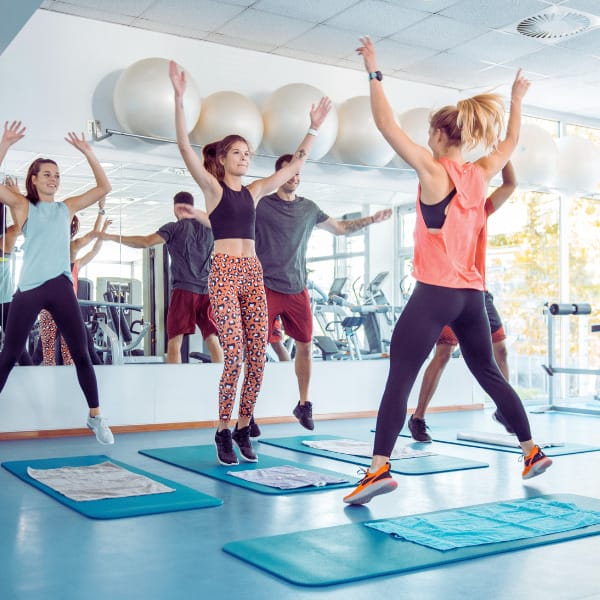
Why is it important to warm up before exercising?
Here are four reasons why you should start incorporating dynamic warm up exercises into your routine:
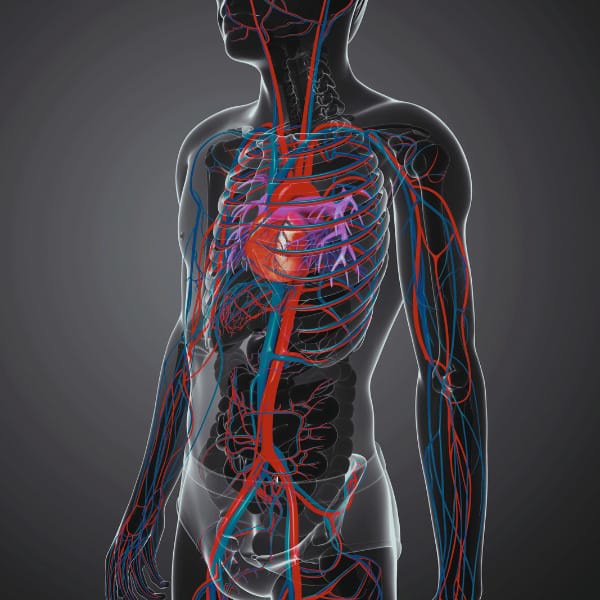
They Increase Flexibility And Range Of Motion
Dynamic warm up exercises involve light, repetitive movements that help to loosen up your muscles and joints, making it easier to move around during a workout.
They Increase Circulation
Dynamic warm up exercises also boost blood flow through your body, increasing the oxygen supply to your muscles and helping you feel more energized throughout your workout.
Injury Prevention
Warm ups make your muscles and ligaments more elastic, reducing your risk of damage during exercise.
They Boost Performance
By preparing your body for the demands of a workout, dynamic warm ups can help you get the most out of your training session. Whether you are a beginner or an experienced athlete, incorporating warm ups into your routine will help you reach your fitness goals faster and more safely.
They Boost Energy Levels And Increase Motivation
Many people report feeling more energized and motivated after performing a dynamic warm up, making it a great way to get in the right mindset for your workout.
What is dynamic stretching?
Dynamic stretching involves moving your body through a full range of motion, using momentum to help you stretch effectively.
Dynamic warm-ups are necessary for any workout, especially if you plan on lifting weights or strength training. Dynamic warm-ups help to increase blood flow and get your body ready for the work that is to come. They also help to prevent injuries.
How are dynamic stretches different to static stretches?
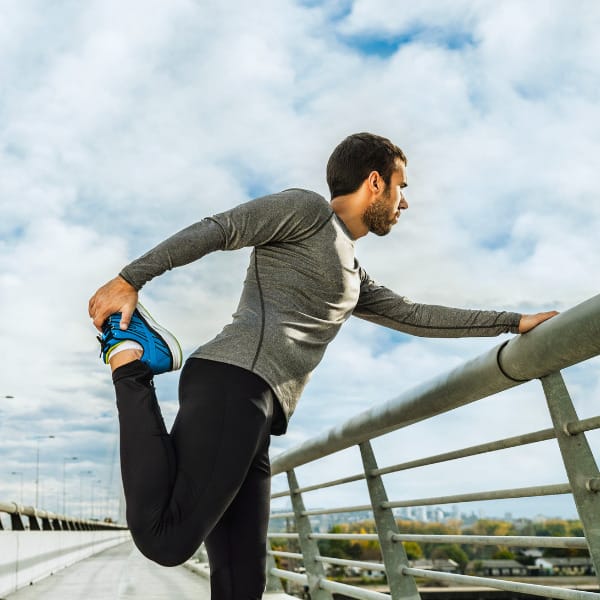
Stretching is an important part of the exercise/recovery cycle. Unlike static stretches, which involve holding a single position for a period of time, dynamic stretches involve moving your body through a full range of motion. As a result, dynamic stretching is generally more active and uses momentum to stretch the targeted muscles.
How long should a dynamic warm-up take?
There is no one-size-fits-all when it comes to the duration of any warm-up. It often depends on the intensity of your workout and your fitness level. However, most experts recommend starting with a 10- to 15-minute warm-up before working out.
If you want to perform at your best during a workout, you must start with a dynamic warm-up first.
What is a good dynamic warm-up?
The scope of this post is not to single out any particular routine. However, with so many variables involved, it is essential to seek assistance from a trained professional. Even a small amount of time with a skilled professional will improve your overall training experience.
Dynamic Warm-up Exercises
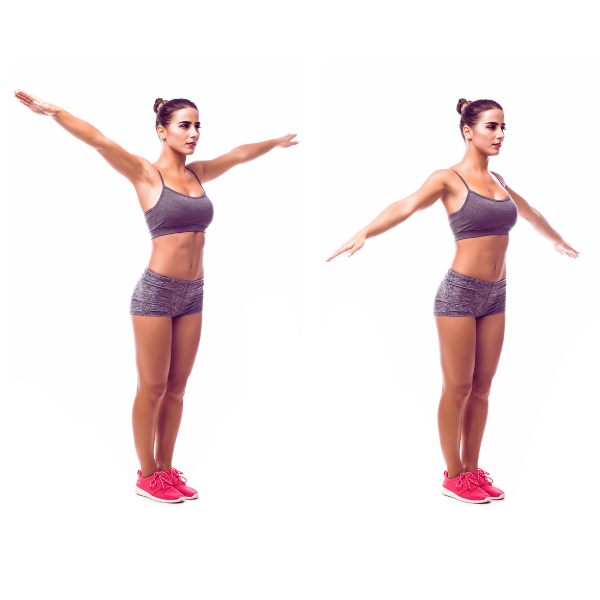
There are many different types of dynamic warm-ups, but here are a few basic exercises you can start with.
PLEASE NOTE: AS ALWAYS, CONSULT WITH YOUR DOCTOR OR RECOGNIZED HEALTHCARE PROVIDER BEFORE COMMENCING ANY NEW EXERCISE PROGRAM.
Arm circles
This is a great exercise for shoulder mobility to help loosen up your shoulder muscles and get them ready for action. Start by standing tall with your arms at your sides, then slowly rotate them in a circular motion. Keep your arms close to your body, and avoid swinging them too wide. Do 10-15 reps on each side.
Leg Swings
For a dynamic warm-up that targets your hip flexors and legs, try leg swings. Start with your right leg suspended in the air, then swing it back and forth for several reps. Repeat on the left side, making sure to keep your torso upright throughout the exercise.
Lunges
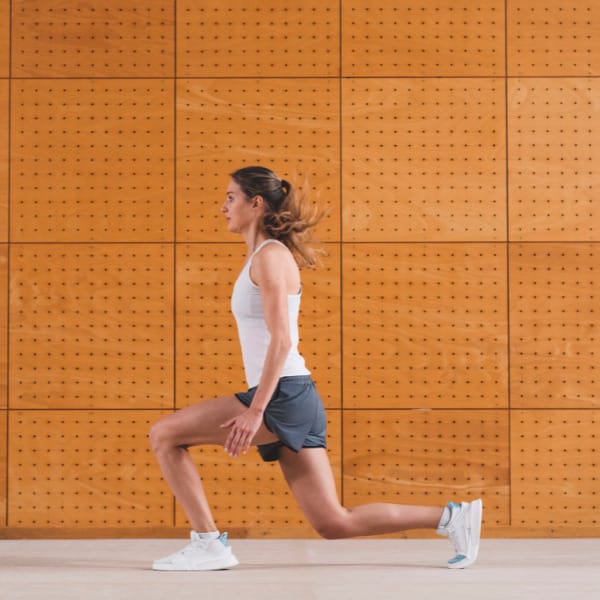
Lunges are a great way to loosen up the hips (hip mobility) and hamstrings, which can often feel tight after sitting for long periods. To do lunges:
- Stand with your feet shoulder-width apart and take a big step forward with one leg.
- Lower down into a lunge position until both legs form 90-degree angles, making sure to keep your back straight.
- Push off with your front leg to return to the starting position and repeat on the other side.
Walking lunges
This is an excellent exercise for hip mobility and activating the glutes. Start by standing with your feet hip-width apart, then step forward with one leg and lower your body towards the floor. Make sure to keep your back straight and your torso upright. Next, lunge forward with the other leg and continue alternating legs until you have completed 10-15 reps on each side.
Jumping jacks
This classic exercise is a great way to get your heart rate up and loosen up your muscles. Start by standing with your feet together, jump out to the side and bring your hands overhead. Then, jump back to the starting position and repeat for 10-15 reps.
Complementary activities to dynamic warm up exercises that you can do include
Stretching
Stretching is an important part of any warm up, as it helps to loosen up your muscles and increase flexibility. Stretching can help improve range of motion, reduce the risk of injury, and improve overall performance during your workout or exercise routine.
Soft Tissue Work on a Foam Roller
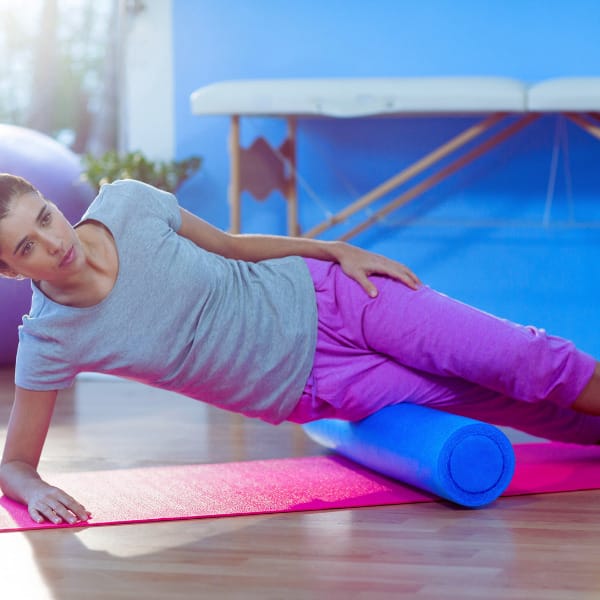
Soft tissue work, or self-myofascial release, uses a foam roller to target specific areas of muscle tension and tightness. While it can be used as a standalone treatment, self-myofascial release is often done with other exercises or physical therapy to help improve flexibility, recovery time, and overall performance.
There are many benefits of soft tissue work on a foam roller. For one, it can help to loosen up tight muscles and improve flexibility. This is especially important for athletes or anyone who regularly engages in physical activity that strains the body, such as running, strength training, or high-intensity cardio workouts.
Another key benefit of soft tissue work is that it can help to reduce muscle soreness and promote faster recovery after a workout. This is because foam rolling helps increase blood flow and circulation, bringing more nutrients and oxygen to your muscles. It can also help reduce inflammation, relieve pain and tension, and break up scar tissue.
If you are interested in incorporating self myofascial release into your exercise routine, there are a few things to keep in mind:
- First, consulting with a doctor or physical therapist before starting any new treatment or exercise program is essential. This will help ensure that foam rolling is the right fit for your needs and that you use the proper technique.
- Second, being consistent with your soft tissue work routine is essential. Ideally, you should foam roll at least a few times per week to experience the full benefits of this type of exercise.
- Finally, remember that there is no “one size fits all” approach to foam rolling. It may take some trial and error to find the specific areas that need work and the best methods for targeting those trouble spots. But with a bit of patience and persistence, you can experience all of the benefits of soft tissue work.
Light Aerobic Warm-up

If you are looking for a simple way to warm up before your workout, consider doing some light aerobic activity. This can include any exercise that gets your heart rate up and helps to loosen up your muscles, such as walking, jogging, cycling, or swimming.
There are many benefits of doing a light aerobic warm-up before your workout. For one, it helps to increase blood flow and circulation throughout the body, improving performance and reducing muscle soreness. It also helps to get your muscles ready for action by increasing their temperature and flexibility. And finally, a light aerobic warm-up can help you transition smoothly into more intense forms of exercise, reducing the risk of injury or strain.
If you are new to working out or haven’t done much exercise, starting with a low-impact activity, such as walking, is a good idea. This will allow your body to adjust gradually and build strength over time. Then, as you become more comfortable with light aerobic exercise, you can consider moving on to more challenging forms of exercise, such as running or high-intensity cardio.
If you’re looking for a simple way to prepare for your next workout, try adding light aerobic activity to your routine. Whether walking around the block before hitting the gym or taking an easy jog on your lunch break, a little warm-up activity can go a long way in helping you feel your best and get the most out of your workouts.
Warm up tips for athletes
When preparing for a workout, no one-size-fits-all approach works for everyone. What may be effective for one athlete might not have the same benefits for another. That being said, some general tips and strategies can help you get the most out of your warm-up routine.
- One of the most important aspects of any good warm-up is gradually increasing your heart rate, breathing, and body temperature. This can be done through various low-impact activities, such as walking, jogging, or light stretching.
- Another key aspect of warming up is focusing on the muscles that will be most involved in your workout. This may include foam rolling or other soft tissue work, as well as dynamic stretches that mimic the movements you will be doing during your actual workout.
- Additionally, listening to your body and paying attention to how you feel throughout your warm up is essential. If you experience any pain or discomfort, it is best to stop and consult with a healthcare professional before trying to push through.
- Ultimately, the key to a successful warm up is balance. You want to get your body ready for action while also being mindful of potential risks or limitations that may affect your performance. With the right combination of preparation, persistence, and focus, you can get the most out of your workouts and enjoy all of the benefits that come along with an effective proper warm up.
Finally
There are many benefits to incorporating Dynamic Warm Up exercises into your pre-workout routine. They help improve flexibility, reduce muscle soreness, promote faster recovery, increase blood flow and circulation, and get your muscles ready for action.
If you are interested in trying Dynamic Warm Ups, it is essential to consult with a doctor or physical therapist before starting any new treatment or exercise program. It is also important to be consistent with your Dynamic Warm Up routine to experience the full benefits.
With a little patience and persistence, you can experience all of the benefits that Dynamic Warm Up Exercises have to offer!
PLEASE NOTE
PostureGeek.com does not provide medical advice. This information is for educational purposes only and is not intended to be a substitute for professional medical attention. The information provided should not replace the advice and expertise of an accredited health care provider. Any inquiry into your care and any potential impact on your health and wellbeing should be directed to your health care provider. All information is for educational purposes only and is not intended to be a substitute for professional medical care or treatment.
